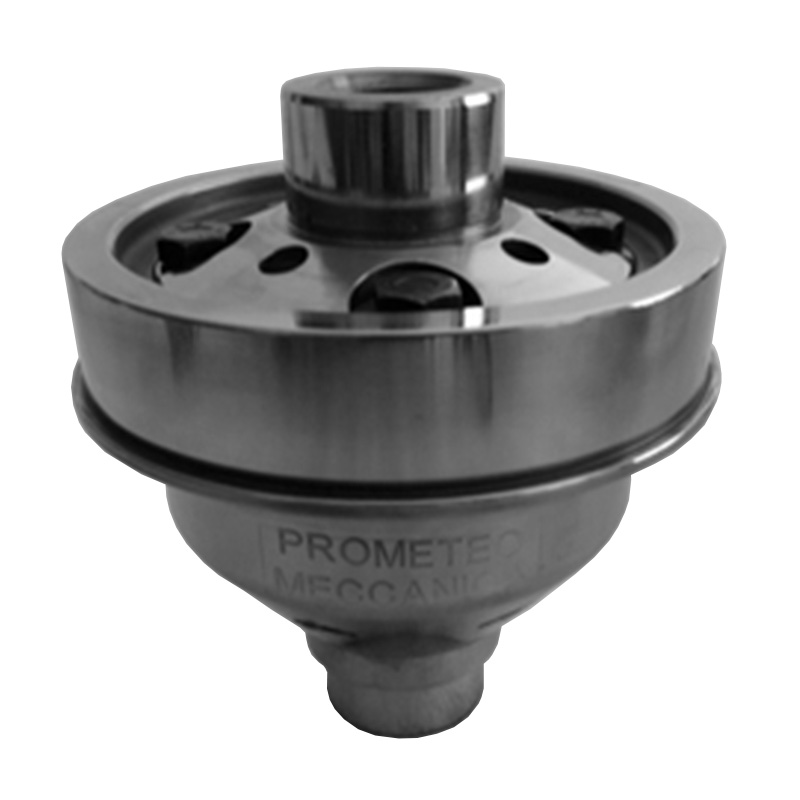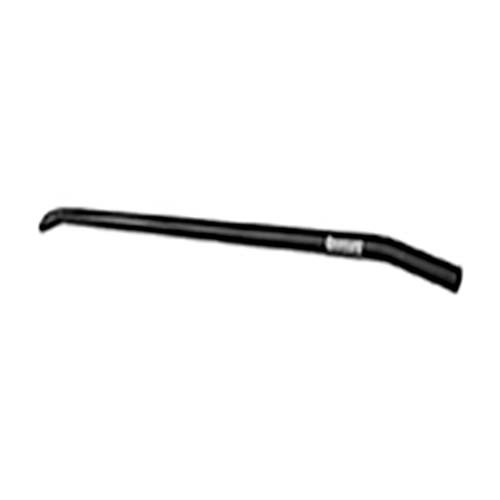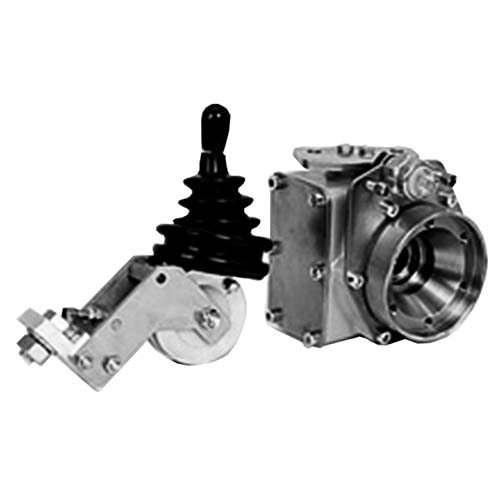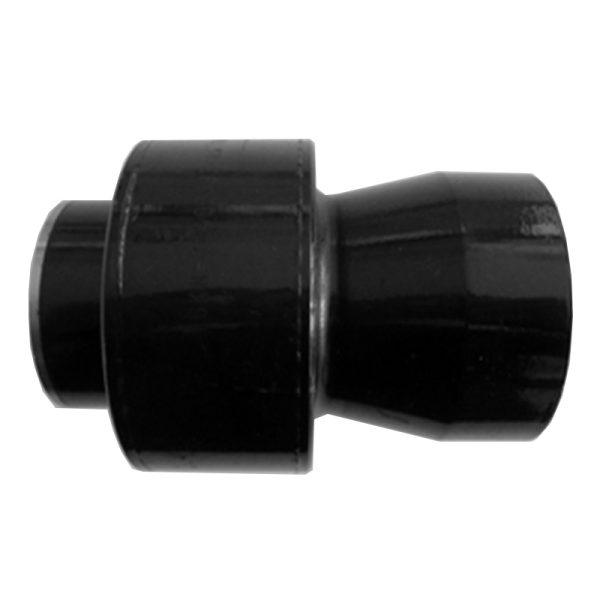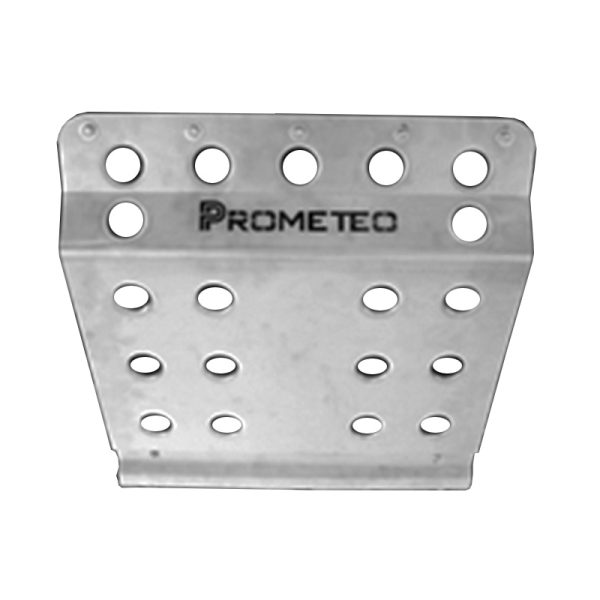SELF-LOCKING DIFFERENTIAL FOR GEARBOX C514
This self-locking differential can only be used on cars equipped with the Fiat C514 5-6 speed transmission and is available in two versions:
-For flanged gearboxes;
-For glued gearboxes.
This device consists of a helical gear differential: it has the characteristic of being able to lock progressively up to 35 percent on pull and 25 percent on release. An attempt was made to limit the percentage in release so as not to affect the functionality of the abs during braking.
How does a self-locking differential work? Let us first consider the operation of our car's normal standard differential.
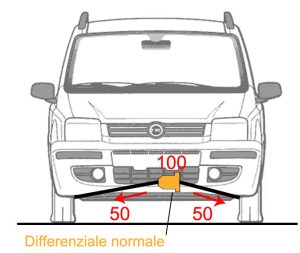
Differential is a device able to share the torque coming from the gearbox in two exactly identical halves, irrespective of wheel speed difference on the same axle. So, as you can see in the image, said 100 (arbitrary units) the torque coming to the differential, every wheel will receive a torque of 50.
There is another important factor to be taken into account: the grip of the tyres to the ground. In fact, torque can be "dumped" on the ground up to the limit of wheel grip; this limit is then proportional to the fraction of load acting on the wheel and the coefficient of grip, which depends mainly on the texture and condition of the ground.
Thus, if either wheel on the front end ends up in an area of reduced grip (on slippery asphalt, for example), the torque on the ground that can be discharged by the wheel in question is reduced, as the wheel itself reaches the slip condition. Due to the standard differential feature said before (mechanism sharing in equal parts the coming torque), the same (low) torque value will go to the other wheel, although it would have a good grip to the ground.

As you can see in the previous picture, said 20 the slipping limit of front left wheel, right wheel cannot do nothing better than unload 20 to the ground. So whole traction of front driveline reduces to 40, significantly less than 100 of previous example.
If we install Prometeo self-locking differential removing the standard one, traction is improved. Let’s see how and how much.
First of all, in condition of good and uniform grip, self-locking differential behaves as an open differential, as shown in the following picture.

However, if one wheel loses grip, the self-locking differential transfers more torque to the other wheel. Therefore, the total torque discharged to the ground by the front axle is higher than that discharged to the ground by a common differential. Following picture is very explanatory of the way of working.
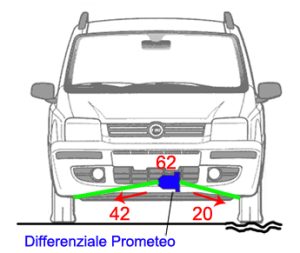
The 35 percent blockage rate is the best compromise found through the many tests performed on different surfaces. Don’t forget that an excessive locking rate would make the car too understeering in normal drive, with consequent troubles to the driver. On the other hand, a too small locking rate would have reduced self-locking differential advantages, making it substantially unuseful.
We achieve the following important results with the Prometheus Self-locking Differential:
-In normal driving on asphalt and good-grip surfaces, no difference in driving is felt compared with the standard differential;
-If the ground becomes slippery (ice, snow, rain) the Prometheus differential significantly increases traction on the front.
With the Prometheus self-locking differential, you can make a 180-degree turn on asphalt at the speed you want, without feeling the wheels slip... Try it to believe!!!

The PROMETEO self-locking differential for cars equipped with C514 flanged-ring gearboxes.
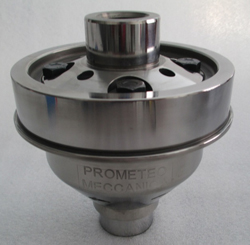
PROMETEO's self-locking differential for cars equipped with C514 gearboxes with bonded crown wheels
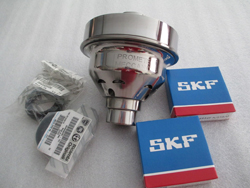
The kit for sale consists of the differential, the 2 SKF tapered roller bearings and the seals

Differential helical gears

